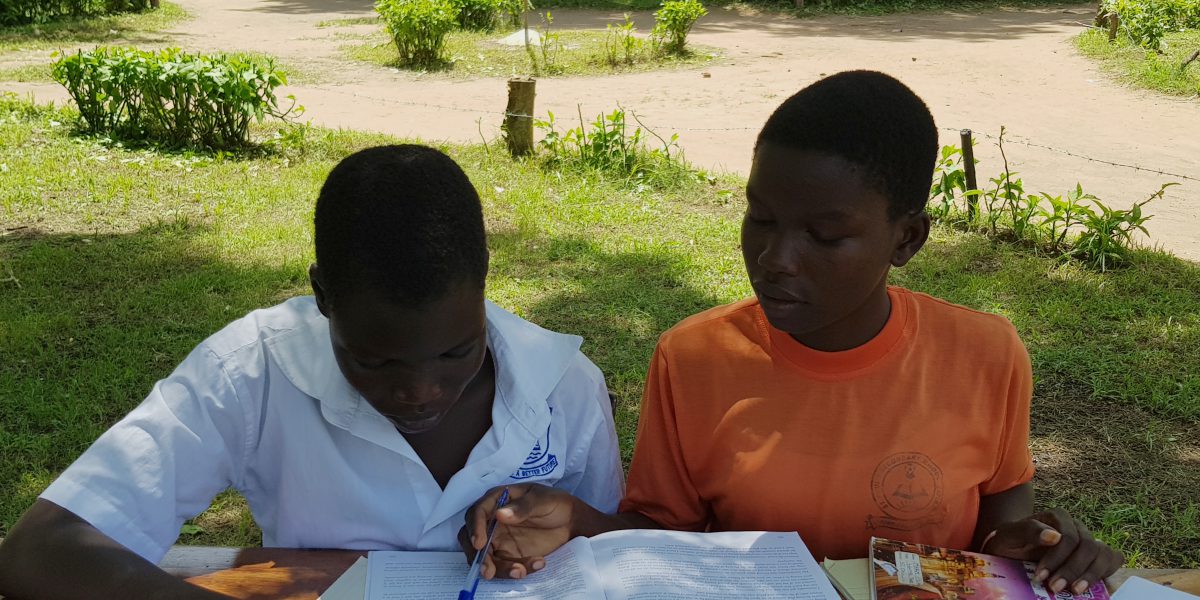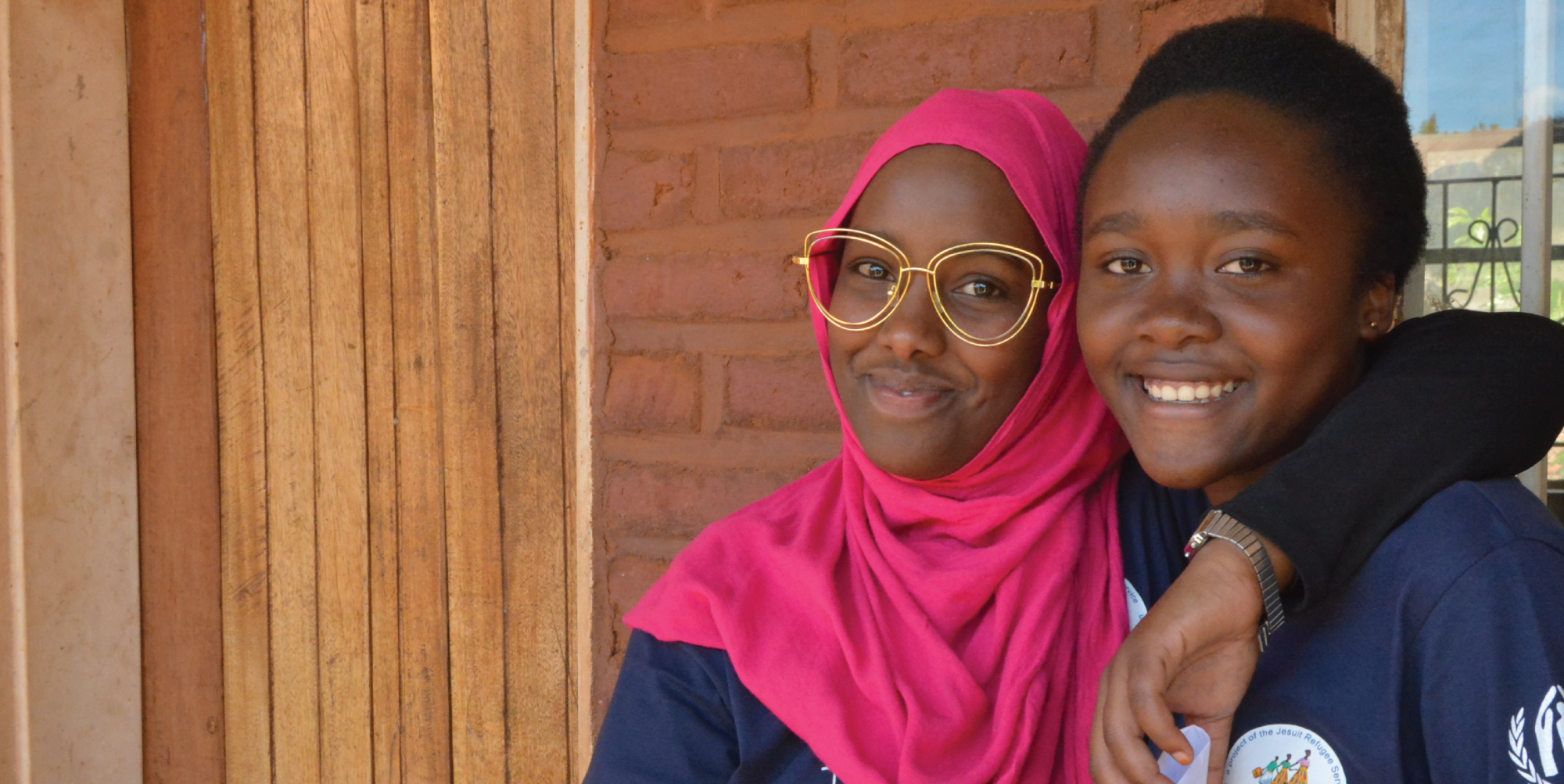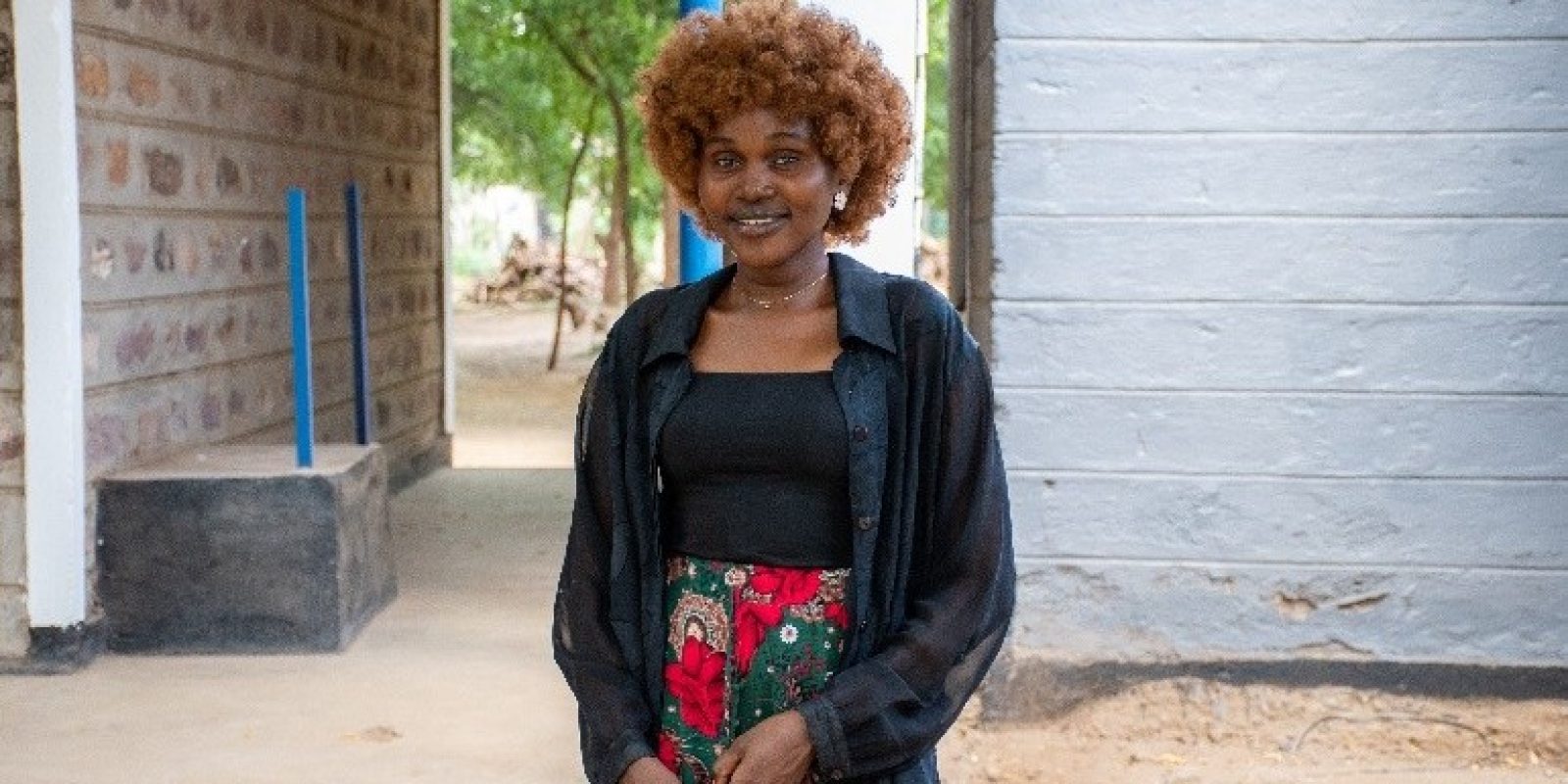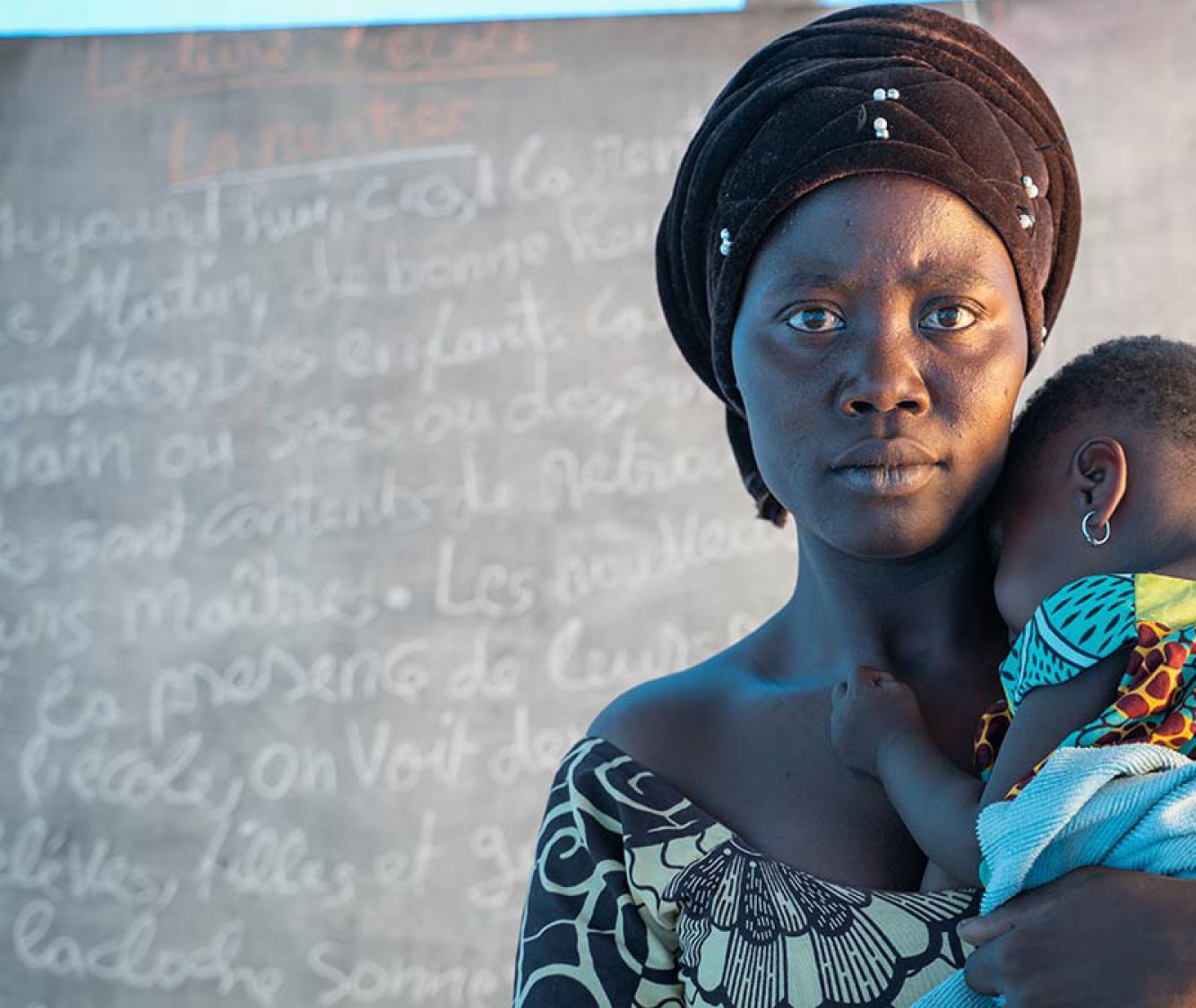Uganda: Education Cannot Wait Makes an Impact on Girls’ Education
09 September 2019|Giulia McPherson, Director of Advocacy & Operations at Jesuit Refugee Service/USA

Moyo – Rosemary fled South Sudan two years ago when she was 19 because of the conflict engulfing her home country. She left most of her family behind to find safety and security in neighboring Uganda. Today, she is a student at the Itula Secondary School in Moyo, northern Uganda, on the border with South Sudan. When I met her earlier this year, she told me “Education will provide me with a brighter future.”
According to the UN Refugee Agency, UNHCR, refugee girls are only half as likely to be enrolled in secondary school as boys. While Rosemary defies these odds, she is still facing a number of challenges. To support herself and her grandfather who is paralyzed, Rosemary makes pancakes and also uses the income she earns to pay for her own school fees. She also sleeps at a friend’s home during the week because the refugee settlement where she lives is too far from school.
Itula Secondary School was founded by the local community in 1996, with support from Jesuit Refugee Service (JRS), in response to the educational needs of refugees who were fleeing Sudan’s civil war. The local government assumed responsibility for the school in 2005 as many refugees began to return home once the conflict subsided. In 2017, a new wave of refugees from South Sudan began to arrive and the need for Itula to serve the local refugee population became ever more critical.
Today, the school has 1,420 students – 1,179 of whom are refugees from South Sudan. Of these students, 42 percent are girls. What makes Itula special is the support it has received from the local community, dedicated teachers and administrators, and initiatives like Education Cannot Wait (ECW) that have invested in rehabilitating the school to accommodate the needs of students.
Education Cannot Wait is the first global fund dedicated to education in emergencies to address the urgent education needs of 75 million children and youth in conflict and crisis settings. To date, ECW has reached 1.3 million children and youth in its first two years of operations and is aiming to mobilize $1.8 billion in funding for education in crisis settings by 2021.
In 2018, JRS implemented a grant from Education Cannot Wait to build new classrooms, dormitories for girls, accommodations for staff, gender-segregated latrines, and an incinerator for sanitary products. Some of these improvements help to address specific challenges faced by girls, which JRS outlined in a recent report – Her Future: Challenges & Recommendations to Increase Education for Refugee Girls. These challenges include long distances to reach the closest school, and related safety concerns, and a lack of sanitary materials and sanitation facilities.
These improvements have had a tremendous impact on improving the quality of life for Itula’s students, teachers, and larger community. Yet, some students spoke to me about areas where they hope for continued change. Evaline, a 17-year-old student at Itula Secondary School, told me, “We need to be able to talk, share our problems with others, this is how we will find courage.” Establishing social clubs and mentoring opportunities for girls to share, discuss, and advocate on behalf of their needs is another important way to invest in a quality education for refugee girls. Often times, refugee girls experience some level of trauma or violence due to their displacement. Promoting a safe and protective learning environment for girls is critical in ensuring their success in school.
Civil society organizations – including JRS – have joined forces to voice our support for Education Cannot Wait as it works towards its goal of supporting quality education for close to 9 million children annually in some of the world’s worst humanitarian crises. Only by bringing together international humanitarian and development aid actors, along with public and private donors, can we continue to address the needs of students like Rosemary and Evaline, and the millions of other young people affected by conflict and violence.
This story was originally published by Giulia McPherson at Global Campaign for Education US



